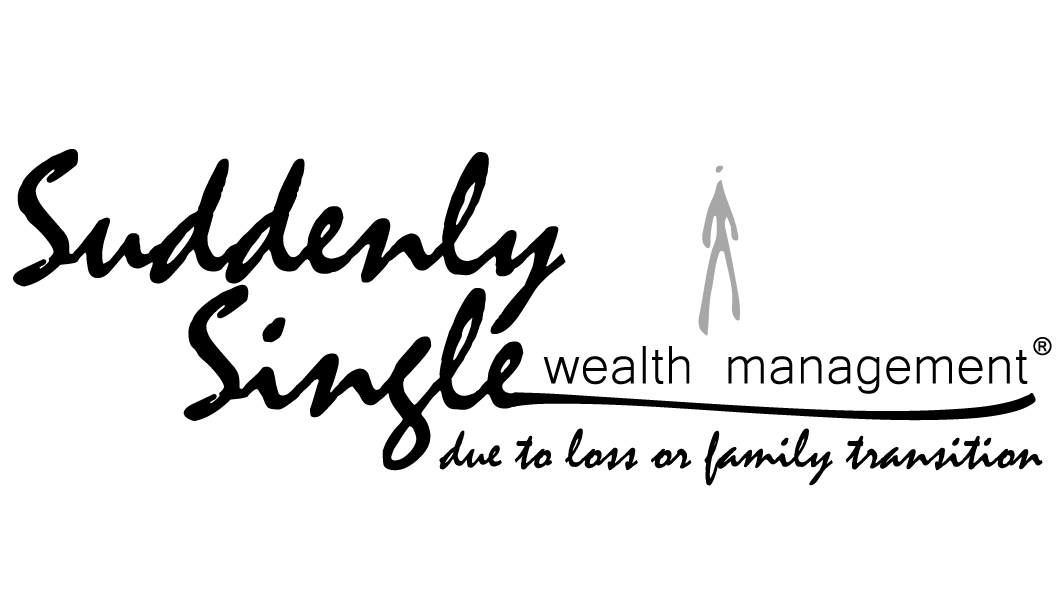The first estimate showed that the US economy contracted again in the second quarter of this year. That marked a second consecutive decline in real expenditure growth. Generally, the economy is said to enter a recession when GDP falls in back-to-back quarters. However, it's a bit more complicated than that, as the National Bureau of Economic Research (NBER) weighs many economic factors before officially dating a recession's start date.
On the other hand, the US equity market just came off one of its best months since November 2020. Stocks rose handsomely in July to narrow this year's losses quite significantly. Moreover, the stock market currently resides in the thicket of the second quarter's earnings season. With over half of the S&P 500 now reported, growth hasn't necessarily disappointed and forward guidance appears split between negative and positive. Also, valuations relative to their earnings seem to trade near the historical norm for the large-cap index.
Yet, the canary in the coal mine centers around what's happening with prices, rates, and the jobs outlook. Additionally, business inventories are starting to receive attention, as they've built up substantially in response to prior shifts in demand. In fact, private inventory divestment was one reason GDP dropped last quarter, along with cuts to residential investment, business investment, and reduced government spending.
As financial markets have witnessed, the Federal Reserve (Fed) and other leading global banks are on a path to hike interest rates to bring down inflation. However, in July's report, domestic inflation spooked investors and consumers yet again after showing that it accelerated. As a result, the Fed and other central banks have stayed vigilant, further increasing the rates charged on short-term bank reserves. Specifically, the Fed put through another one-half of a percentage point increase in July and intends to target a rate of 3% to 3.5% by year-end.
The Fed has two mandates given to it by the US congress, price stability, and full employment. So far, they seem to be winning on full employment but losing on price stability. Nevertheless, the employment picture has stayed strong as of late, which is one reason economists are hesitant to call this a recession. The other reason now might not count as a recession is that robust personal consumption expenditures exist in the economic data. Personal consumption growth added to GDP in the second quarter.
However, the fight against inflation may start to change. First, the current inventory glut may force retailers to slash prices to eliminate excess inventories. Secondly, oil and gasoline prices have dropped from their peak, which can help everything from goods to the costs of groceries. Thirdly, non-oil commodity prices have also started to fall, helping to decelerate the prices producers pay. Finally, the US dollar's strength may play its part in driving consumer prices down.
Still, skeptics worry that some new government spending bills that add billions to the economy could be counterproductive to the Fed's objectives. For example, President Biden will likely sign new legislation promoting onshore semi-conductor research and production and a new law may pass that incentivizes clean energy investments. Investors hope these two significant pieces of legislation turn into productive drivers and don't amount to corporate grifts in the form of tax handouts and cash subsidies.
To date, a solid labor market and healthy corporate profit growth may land the economy softly, despite the recent inflationary pressures. However, the apocryphal recession indicator, short-term interest rates that exceed long-term rates, may provide reasons not to get overly exuberant. Still, the economy has fared far better than most people might have guessed only a month ago, and the hope is that this current trend will continue.

